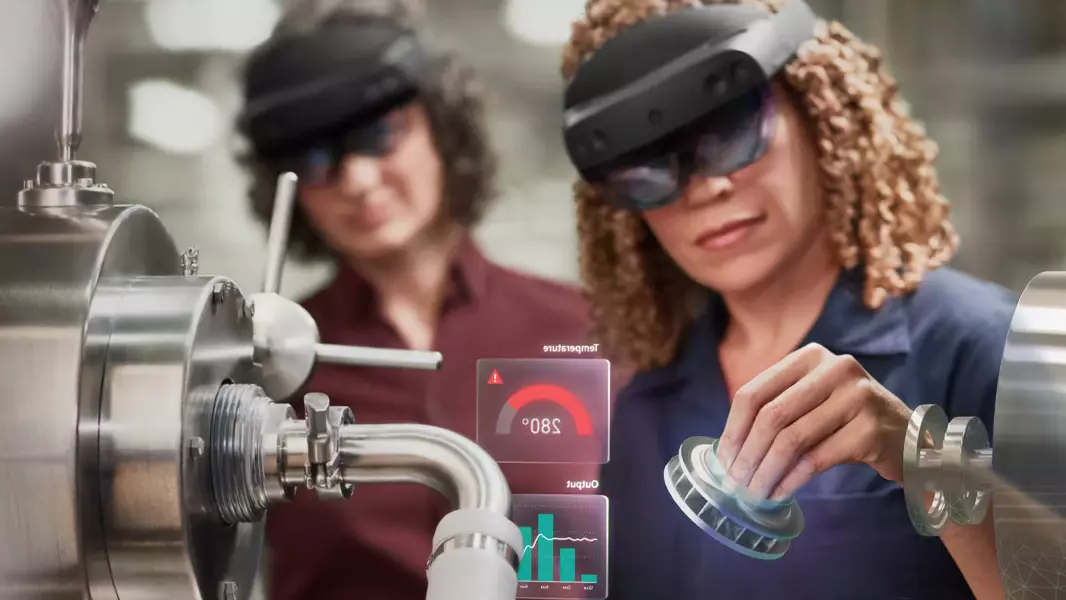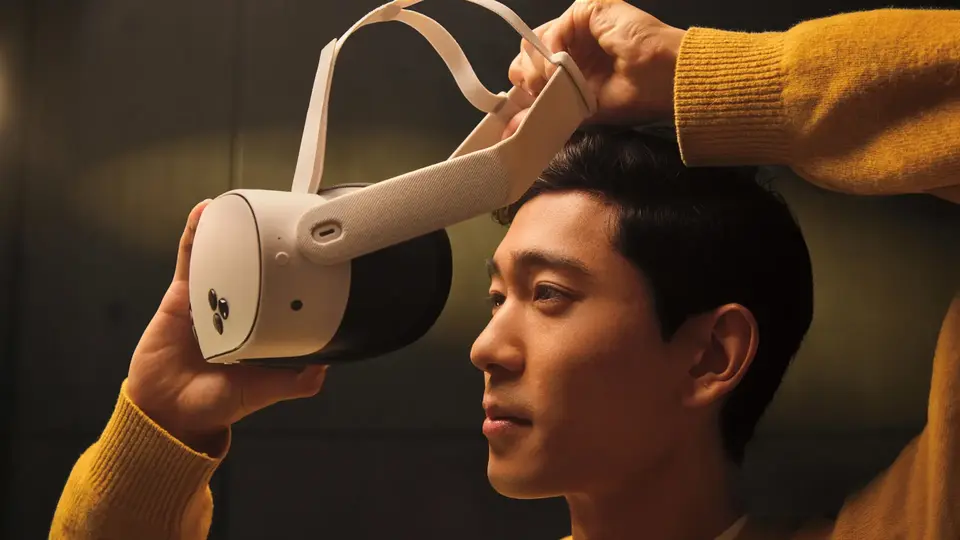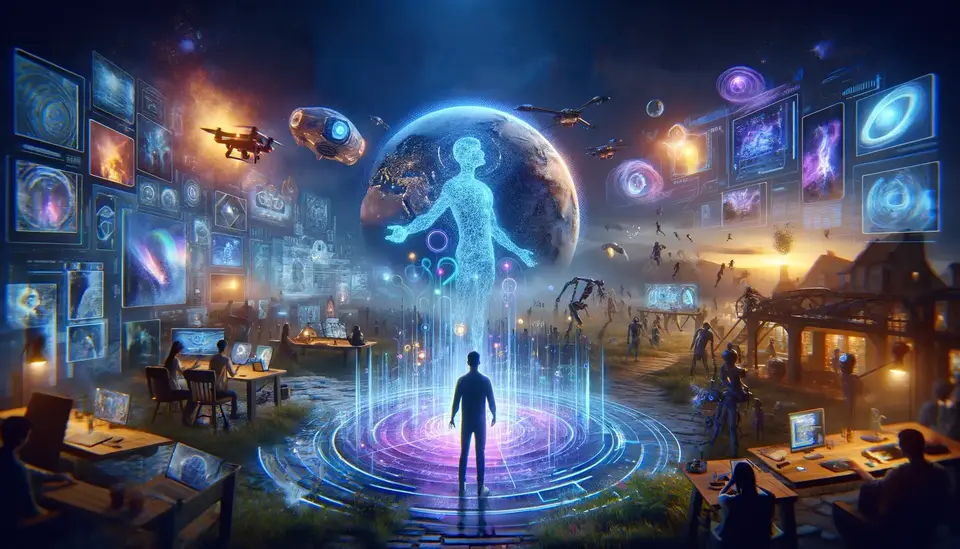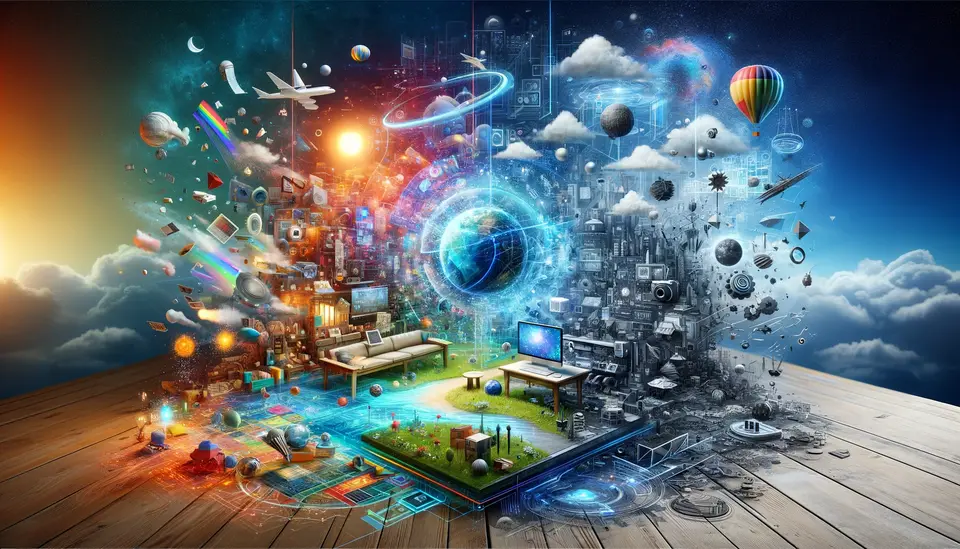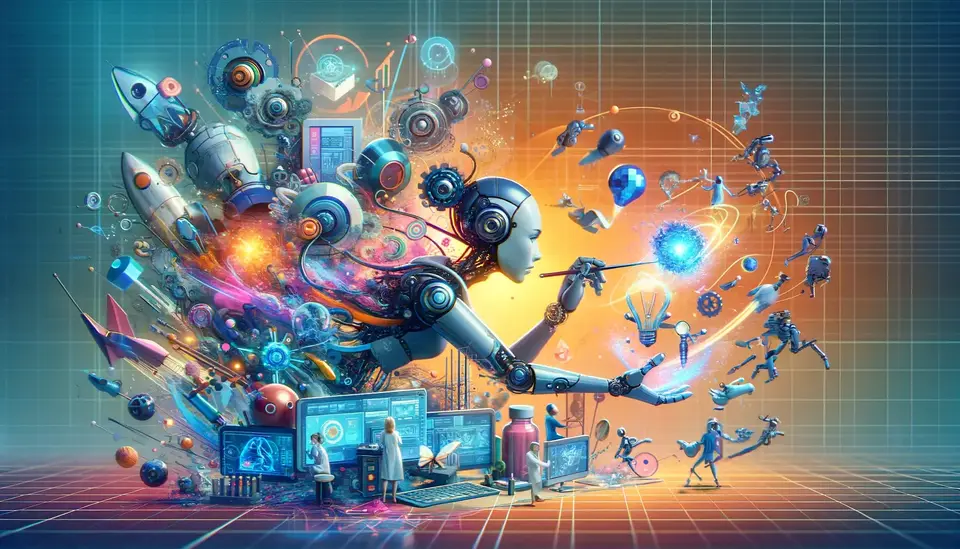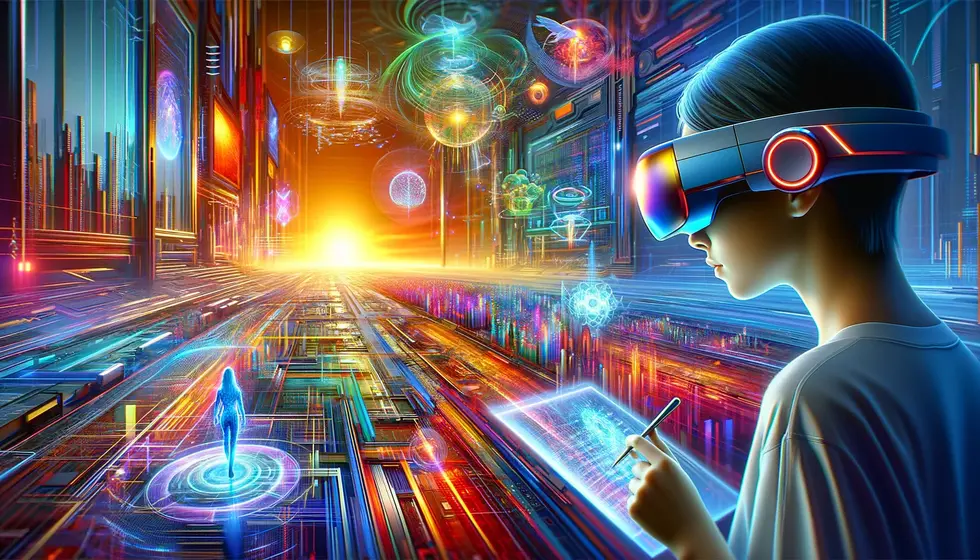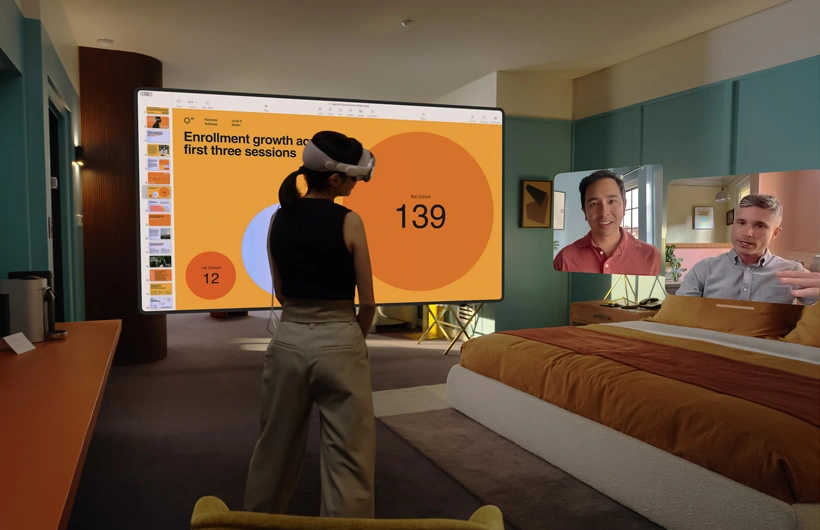Real Examples and Use Cases of Mixed Reality in Training
Posted on July 13, 2023 7 minutes 1314 words
Table of contents
In the whirlwind of digital transformation, Mixed Reality (MR), which blends real-world elements with digital components, has been increasingly carving out a significant role. In particular, the realm of training and education is experiencing an intriguing evolution as MR redefines traditional learning paradigms. In this blog post, we’ll explore real examples and use cases of MR, revealing the transformative impact of this technology.
Theoretical Benefits of Mixed Reality in Training
Beyond merely enhancing visual experiences, MR offers a multitude of advantages that foster improved learning outcomes:
Enhancing Understanding
MR brings concepts to life, simplifying complex ideas and promoting a deeper understanding. This immersive technology allows learners to interact with the subject matter in a three-dimensional space, making the learning process more intuitive.
Increasing Engagement
By adding an element of interactivity, MR captures the attention of learners, motivating them and increasing participation rates. This approach moves beyond passive learning to promote active involvement.
Improving Retention
MR is a boon for experiential learning. Research shows that individuals learn best by doing – MR’s interactive nature boosts memory retention and recall, leading to improved long-term knowledge acquisition.
Reducing Training Costs
In sectors such as medicine or engineering, training can be expensive due to the need for physical resources. MR eliminates these material costs by digitally simulating the same environments or procedures.
Real Examples and Use Cases
Medical and Healthcare Training
Mixed Reality (MR) has been a game changer in the field of medicine and healthcare. Its ability to create immersive, interactive environments allows medical professionals to gain hands-on experience without any risk. From simulating surgeries to offering a detailed study of human anatomy, MR provides a new dimension to medical training. The healthcare sector’s complex and delicate nature makes MR’s risk-free, realistic simulations incredibly beneficial for learning and perfecting skills.
Anatomy Training
Case Western Reserve University, in partnership with Microsoft’s HoloLens program, offers a compelling example of MR in medical training. Rather than using traditional cadaver dissection, the MR program allows students to study 3D representations of the human body. Students can explore and interact with detailed anatomical models, including systems that would be difficult to visualize in a cadaver, like the nervous system.
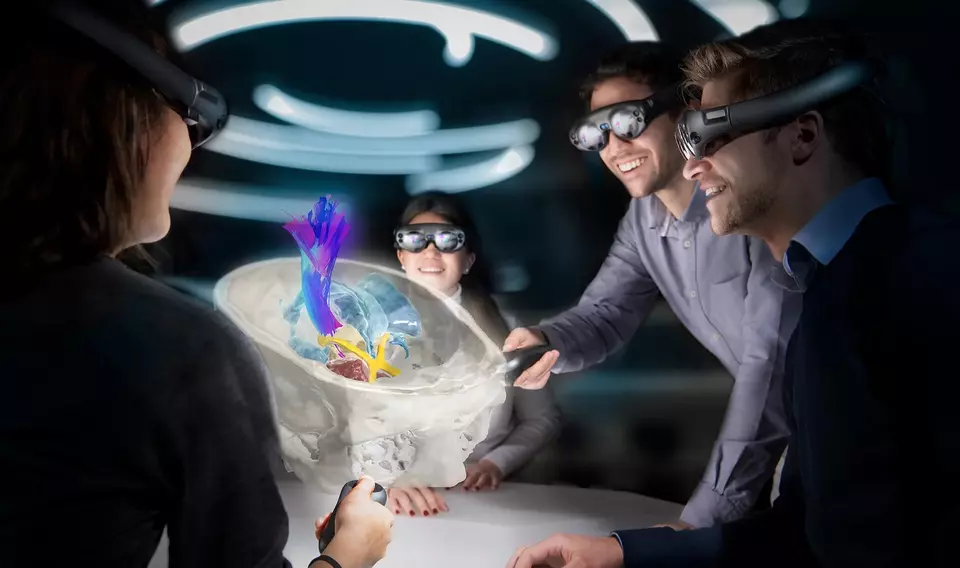
Surgical Training
Moreover, MR is now becoming an invaluable tool for surgical training. Companies like FundamentalVR offer mixed reality solutions that simulate a variety of surgical procedures, providing haptic feedback to mimic the physical sensation of surgery. This form of training allows budding surgeons to practice intricate operations without risking patient safety.
Military and Defense Training
In military and defense, MR is not just a technological advancement; it’s a strategic tool for survival. The sector often requires training in hazardous conditions or with dangerous equipment, situations where mistakes can have grave consequences. MR provides the perfect solution, offering realistic yet safe training environments. It can simulate various combat scenarios and helps soldiers familiarize themselves with equipment and strategies, thereby enhancing their preparedness for real-world situations.
Combat Training
In military training, the US Army’s Integrated Visual Augmentation System (IVAS), developed in collaboration with Microsoft, exemplifies the potential of MR. The IVAS system overlays digital information on the real world, creating a mixed reality environment that can simulate a wide range of combat scenarios. This offers soldiers the chance to practice and refine their strategies in a controlled yet realistic environment.
Equipment Maintenance Training
MR can also be used for equipment maintenance and operation training. Soldiers can use MR to familiarize themselves with the layout and function of new machinery without the need for the actual equipment to be physically present. This reduces the logistics of machine-based training and allows for safer, more efficient learning.
Industrial and Technical Training
In industries like manufacturing, automotive, and aerospace, precision and safety are of utmost importance. Training individuals to operate complex machinery or to perform technical tasks can be challenging and dangerous. MR in industrial and technical training presents an efficient solution, providing real-time guidance, and allowing safe practice. From assembling intricate machinery to ensuring compliance with safety protocols, MR is transforming the way technical training is delivered.
Aircraft Assembly Training
In industries where machinery operation and technical proficiency are paramount, MR is an invaluable tool. For instance, Boeing has been using Microsoft’s HoloLens to train technicians in complex assembly tasks, such as wiring harness assembly. By overlaying digital models and instructions onto real-world objects, technicians can assemble components accurately and efficiently, minimizing errors and reducing assembly time.
Safety Training
MR also plays a key role in safety training in industries such as construction and mining. With MR, workers can practice operating machinery, identify hazards, and learn safety protocols in a controlled environment that mimics real-world conditions. Companies like PIXO VR offer safety training simulations in MR, enhancing worker preparedness and promoting workplace safety.
Corporate Training
The corporate world is a dynamic environment that requires continuous learning and skill upgrades. Traditional training methods can be time-consuming and often lack the engagement needed for effective learning. MR is emerging as an innovative solution for corporate training needs. It can simulate real-life scenarios for decision-making exercises, create interactive modules for soft skills development, and provide immersive onboarding experiences.
Soft Skills Training
In the corporate world, MR has seen applications in areas like soft skills training. For instance, Talespin, a leading provider of VR and MR solutions, offers a platform where employees can practice interactions with virtual humans. This innovative approach allows employees to develop crucial skills like negotiation, leadership, and empathy in a low-risk environment.
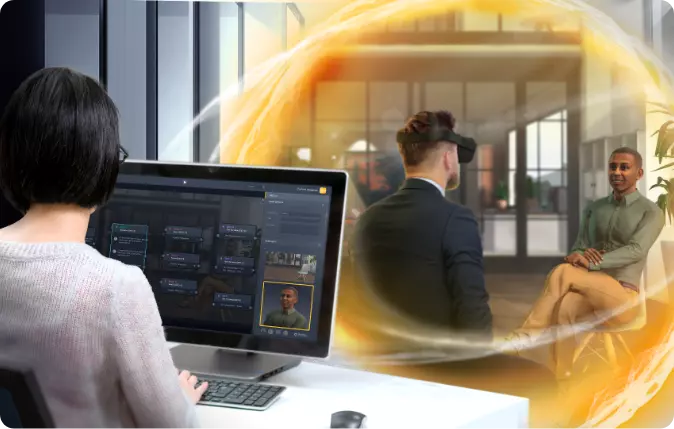
Onboarding and Familiarization
Companies like Honeywell have started using MR for onboarding and familiarization purposes. New employees can use MR to take a virtual tour of their workspace, understand the company’s workflows, and even practice tasks they will be performing. This immersive introduction helps employees acclimate faster and perform better.
Education and Learning
Education is a domain with immense potential for MR. The technology can transform the way students learn, making education more engaging and effective. By creating immersive learning experiences, MR can help students visualize complex concepts, explore different environments, and gain practical skills. It adds a practical aspect to theoretical learning and has the potential to cater to individual learning styles, making education more inclusive and personalized.
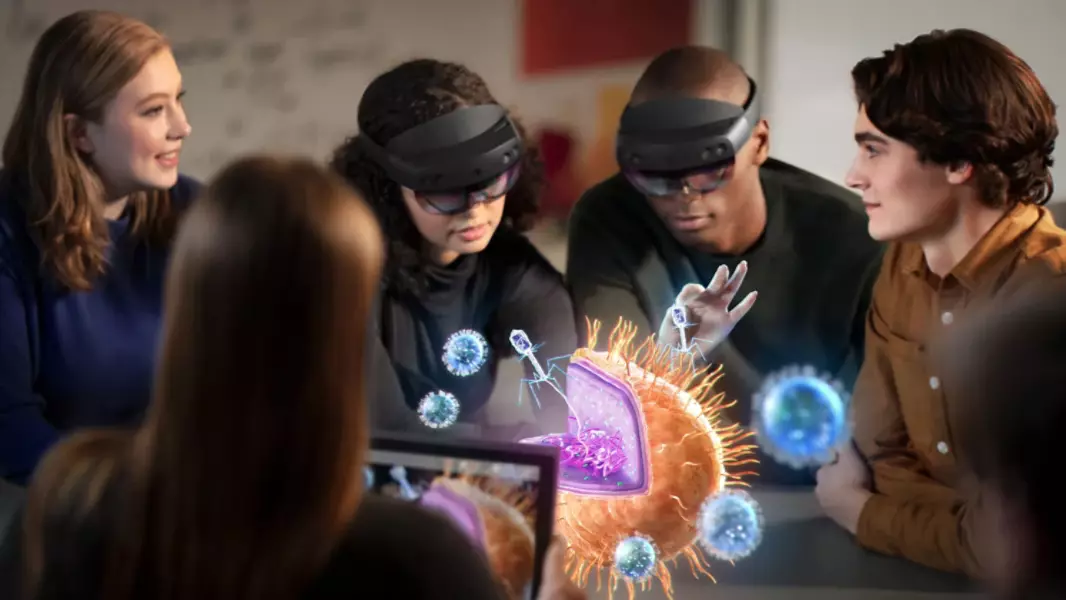
Immersive Learning Experiences
In schools and universities, MR is bringing an unprecedented level of immersion to classroom learning. At Stanford University, students in environmental science classes use MR to virtually explore diverse ecosystems without leaving the campus. This approach provides a hands-on learning experience that traditional classroom methods could never achieve.
Practical Skill Development
MR is also playing a pivotal role in practical skill development. For instance, automotive students can use MR to learn about engine parts, their arrangement, and operation in a safe, controlled environment. They can even virtually disassemble and reassemble an engine, gaining practical insights that were previously only possible with physical components.
These diverse applications highlight the potential and versatility of MR in training across a variety of fields.
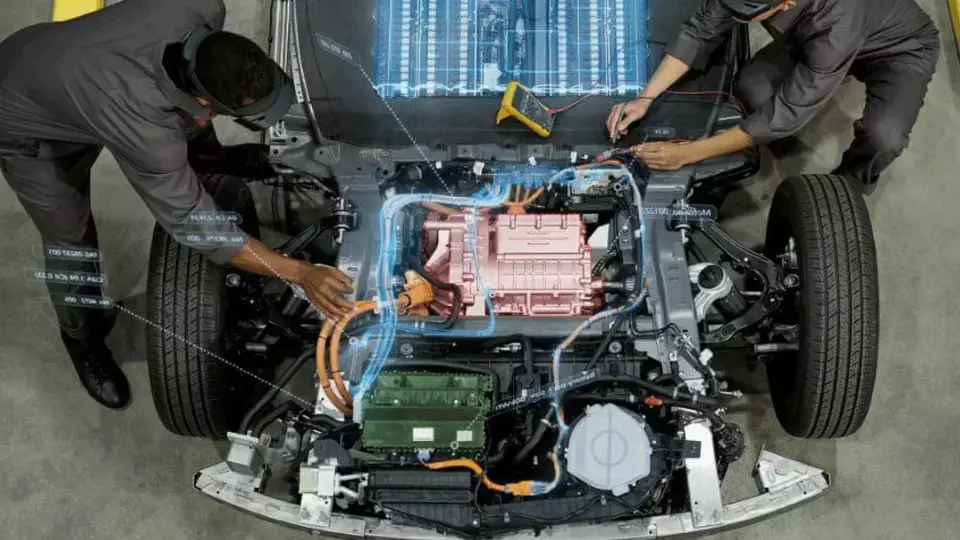
Future Implications and Possibilities
The future of MR in training appears limitless. With ongoing technological advancements, sectors that are currently untapped – such as sports training, culinary arts, and more – could soon start leveraging MR. Moreover, as the technology becomes more accessible and affordable, we can expect to see MR become a standard tool in education and professional training.
As we move forward, it’s clear that MR has the potential to revolutionize training and education, offering immersive, interactive, and highly effective learning experiences.
Conclusion
As we’ve explored, Mixed Reality is no longer a technology of the future. It’s here now and already making a significant impact in various sectors by enhancing understanding, increasing engagement, improving retention, and reducing costs. As technology continues to evolve, we encourage educators, trainers, and learners to consider how they might leverage MR to redefine their educational landscapes.

